"THE TROUBLES WITH THE DADDLES" - INTRODUCTION TO CONGENITAL HAND MALFORMATIONS - PART II BY DR. VANDANA PATEL (PT)
Before going through this blog I would suggest first to check out my previous blog @ https://tinyyears.blogspot.com/2020/07/les-petites-mains-development-of-those.html as it is always better to understand the normal first and then proceeding to the abnormal one.
In this blog we are going to see what happens when the normal embryological development goes wrong and what all are the troubles that the daddles can end up with.
1 in 626 people; that is around 0.7% of people are having congenital hand deformities.
Let’s talk about dysmorphology of hand; When 3 or more minor anomalies exist in a single patient, the chance of the presence of a major anomaly is 90%. (Anomaly is something which has grown differently from what is normal)
For the development of malformation in hand there are basically 3 sequences:
1. Intrinsic sequence: It is an intrinsic malformation which exists in the embryo & further results in certain other abnormalities
2. Developmental sequence: Where there is no intrinsic defect found in the embryo; but, an abnormal external mechanical or structural force results in secondary distortion or deformation
3. Disruption sequence: In which the healthy embryo is subjected to tissue breakdown or injury, for example due to TORCH [i.e.: toxoplasmosis, rubella, cytomegalovirus and herpes simplex] and thalidomide-caused deformities.
When the cause is unknown, the term malformation is preferred. Approximately one half of cases with multiple anomalies fall into known syndromes.
Causes of Congenital Anomalies:
• Genetic,
• Environmental
• Unknown causes.
• Warfarin, phenytoin, and alcohol may cause upper limb anomalies
Classification of hand deformities:
American Society for Surgery of the Hand & International Federation of Societies for Surgery of the Hand classified it into following categories:
• Type I - Failure of formation
- Transverse arrest - Can be at any level, shoulder to phalanx
- Longitudinal arrest
• Type II - Failure of differentiation
- Soft tissue - Syndactyly , trigger thumb, Poland syndrome, camptodactyly (Bent fingers)
- Skeletal - Various synostoses (fusion) and carpal coalitions
- Tumorous conditions - Include all vascular and neurologic malformations
• Type III - Duplication
- May apply to whole limb, mirror hand, polydactyly (Extra fingers)
• Type IV - Overgrowth
- Includes conditions such as hemihypertrophy and macrodactyly (one finger being larger than the other)
• Type V - Undergrowth
- Most commonly, radial hypoplasia, brachysyndactyly, or brachydactyly (Short finger/toes)
Some more abnormalities which can be seen:
Treatment of congenital hand deformities:
1. Surgical corrections can be done during early years of life. ( between first 6-18 months)
2. Physical therapy & occupational therapy can be started from the early years.
- Orthosis / splinting
- Range of motion exercises
- Stretching in certain types of hand deformities
- Positioning
- Postural correction techniques can be taught in order to prevent proximal joint complications
- Scar management post surgery
- Functional skill training
- Prosthesis
3. Cosmetic appearance can be managed with the use of different prosthetic devices.
4. Counselling to the parents regarding congenital deformities plays an important role in its management.
References:
Henderson A. & Pehoski C. Hand functions in the child: foundations for remediation. 2nd edition. Elsevier & mosby: 2006; 3-21.
Alexander R., Boehme R. Normal development of functional motor skills; the first year of life. 1st edition; Therapy skill builders: 1993; 11-154.






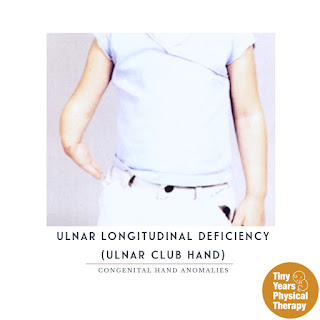

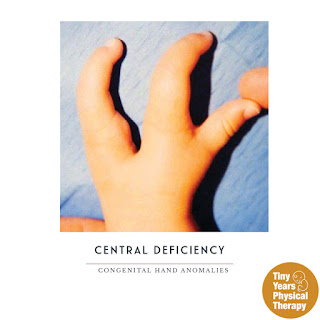



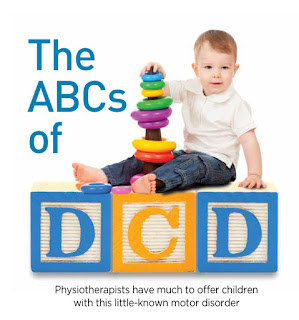
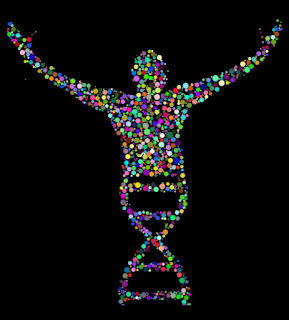
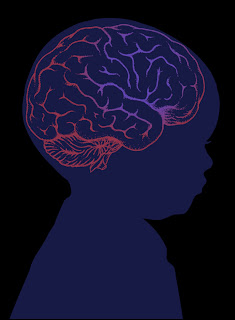
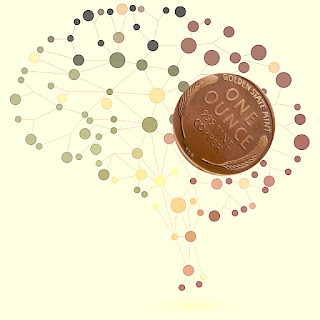
Wonderful explanation and presentation..
ReplyDeleteNice article...
ReplyDelete